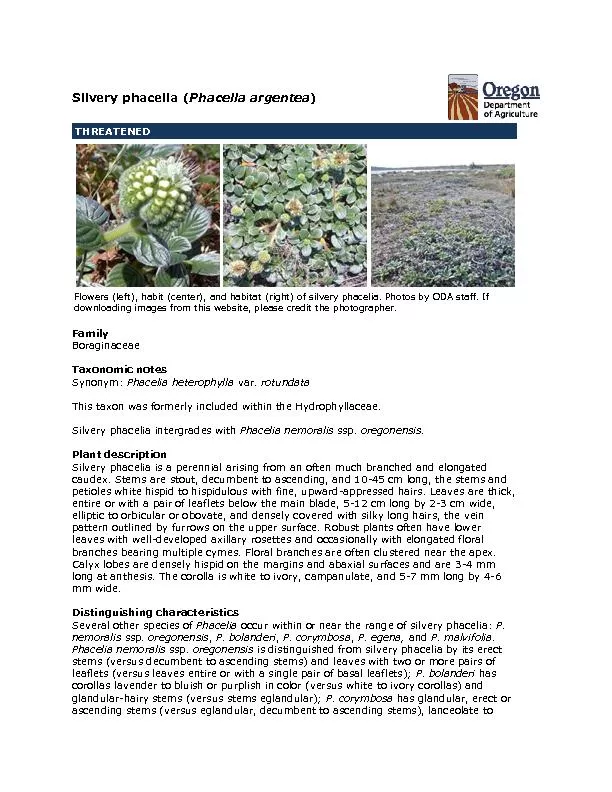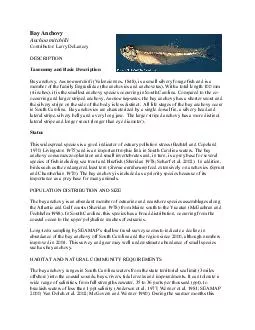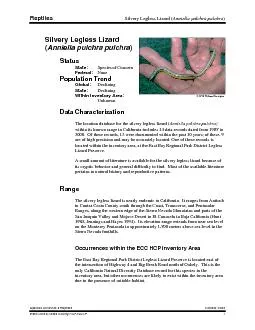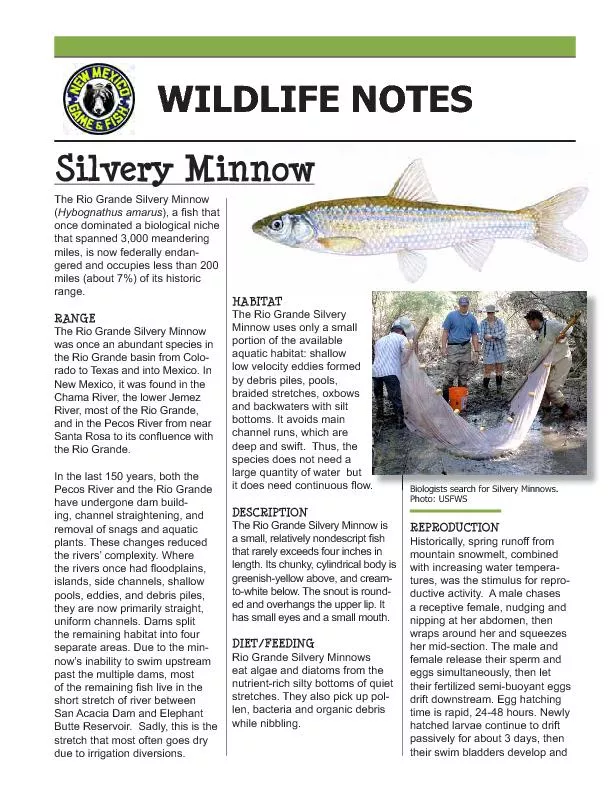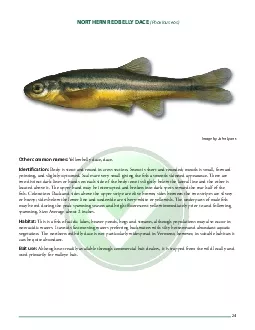PDF-Silvery phacelia (
Author : conchita-marotz | Published Date : 2016-08-01
Phacelia argentea THREATENED Flowers left habit center and habitat right of silvery phacelia Photos by ODA staff If downloading images from this website please
Presentation Embed Code
Download Presentation
Download Presentation The PPT/PDF document "Silvery phacelia (" is the property of its rightful owner. Permission is granted to download and print the materials on this website for personal, non-commercial use only, and to display it on your personal computer provided you do not modify the materials and that you retain all copyright notices contained in the materials. By downloading content from our website, you accept the terms of this agreement.
Silvery phacelia (: Transcript
Download Rules Of Document
"Silvery phacelia ("The content belongs to its owner. You may download and print it for personal use, without modification, and keep all copyright notices. By downloading, you agree to these terms.
Related Documents

